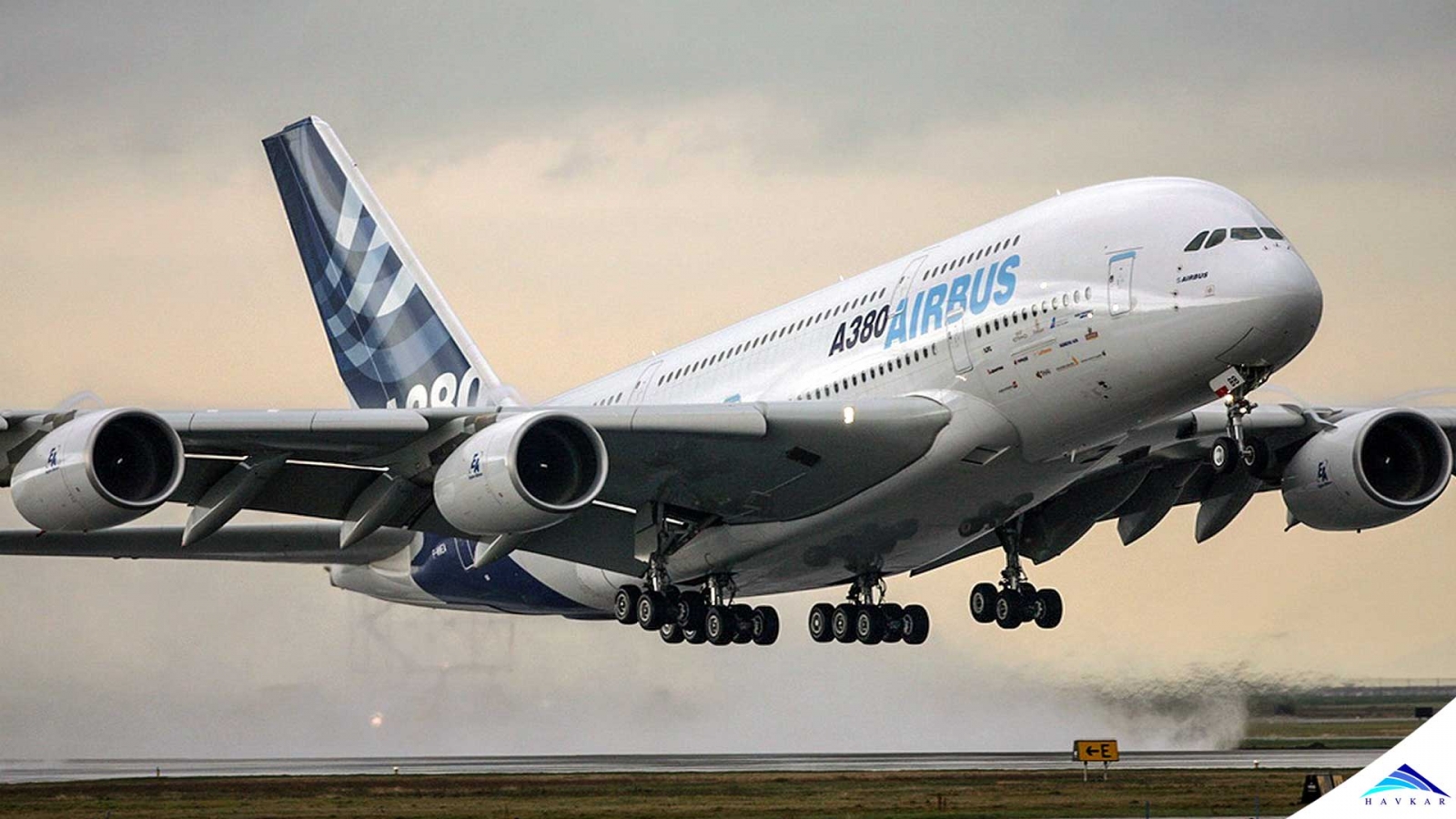
You may have heard some explanation of how planes fly, but chances are the explanations you have heard are partially true at best and completely erroneous at worst. The reason for so many misconceptions into how planes fly is due to the inherent complexity of the physical and conceptual dynamics. We will go into the best scientific way to explain how a plane flies: more specifically how wings generate lift.
To put the subject in its proper context, think about an Airbus A380. This enormous aircraft can seat 550 passengers; it has a maximum take-off weight of 589,670 kilograms and has a maximum fuel capacity of 320,000 Litres. In short, this engineering marvel is enormous and unfathomably heavy. So that begs the question, how do those wings generate enough lift to ensure that all 589,670 kilograms of aircraft makes it safely into the sky?
To fully grasp the concept of how wings, generate life we need to understand two fundamental laws of nature. We will go into detail with each Law.
1) Law of Conservation of Mass
2) Law of Conservation of Momentum
Conservation Of Mass;
The law of conservation of mass states:
“Mass cannot be created or destroyed”
This concept has significant implications on how air flows, take for example a tube with a certain air mass flow rate, which is simply the measure of the velocity a specific mass of air.
If this tube has a narrowing, like shown below then for the mass to be conserved, the velocity of air is faster in the narrow section of the tube.

This is fairly easy to understand, think of a hose pipe with a constant mass flow rate of water. When you squeeze a section in the hose pipe that section experiences a greater velocity. The really challenging concept to understand is called the Bernoulli Principle:
“The an increase in the speed of a fluid occurs simultaneously with a decrease in pressure or a decrease in the fluid's potential energy”
Simply put, Bernoulli is saying the faster a fluid flows the lower the pressure it exerts.
At this stage you may be asking what does all this have to do with how a wing generates lift.
When an aircraft has a forward velocity, the wings pass through air, but for the sake of this explanation we will look at it from the perspective of the wing. As you can see in the image above: as the air flows around the aerofoil, the air stream above the leading edge is forced to flow in a narrower section than before and the stream at the bottom experiences a negligible change in flow. Think of it as if there was a boundary above the aerofoil forcing the incoming air to flow in a narrower section above the wing.
The Law of Conservation of Mass says in this instance: that the air above the wing has to travel faster because it has a smaller area to travel through. Now do you see the significance of Bernoulli’s principle? If the air above the wing is travelling faster than the air below the wing, there is a low-pressure flow above the wing and a high-pressure flow below the wing.
But what is pressure? Pressure is expressed mathematically by this equation:
![]()
This means the force per unit area exerted on the underside of the aerofoil is greater than the force per unit area exerted on top of the wing. The unbalanced forces result in a net force up which we call lift.
But that’s not the only phenomenon that contributes to lift. There is also the conservation of Momentum.
Conservation Of Momentum;
The law of conservation of momentum states:
“For all collisions, the total momentum before the collision is the equal to the total momentum after the collision”
Let us first define what momentum is, firstly momentum is a vector quantity, which means that it is a physical quantity which has both direction and magnitude.
Mathematically momentum is described:
So, every moving object with mass has momentum. But the most important thing to understand is that because velocity (unlike speed) has a direction, momentum has to be described with a direction. It is also important to remember that air has mass.

The incoming air has a velocity thus it has a direction but when it collides with the wings some air flows above the wing and some below, but the important this to realise is that the air flow has changed direction thus momentum is changed. We know already that the momentum in a system is always conserved. So, when the direction of the air’s momentum is downwards and then to conserve momentum the direction of the wings momentum is upwards. This contributes to the generation of lift in an airplane.
To multiply this lift effect from momentum, pilot can increase the angle of attack, essentially allowing more air to be redirected.
Conclusion;
The next time when some asks you how a half million-kilogram beast like the Airbus A380 flies, sit them down and tell them about two fundamental Laws of Physics that allow aircraft to fly. Firstly tell them that the air above the wing travels faster than the air below the wing.
This results in a low-pressure region above the wing. But don’t stop there! Equally as important as Bernoulli’s principle is The Law of Conservation of Momentum. Tell them that because momentum always has to be conserved, the direction of the wings momentum has to be upwards to counter the downwards momentum of the air.